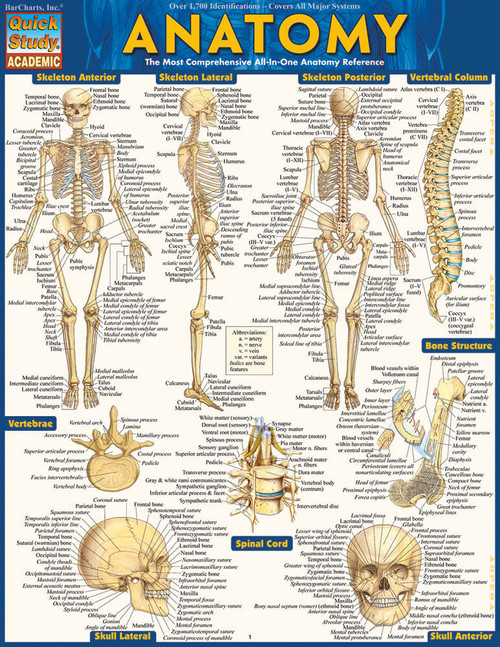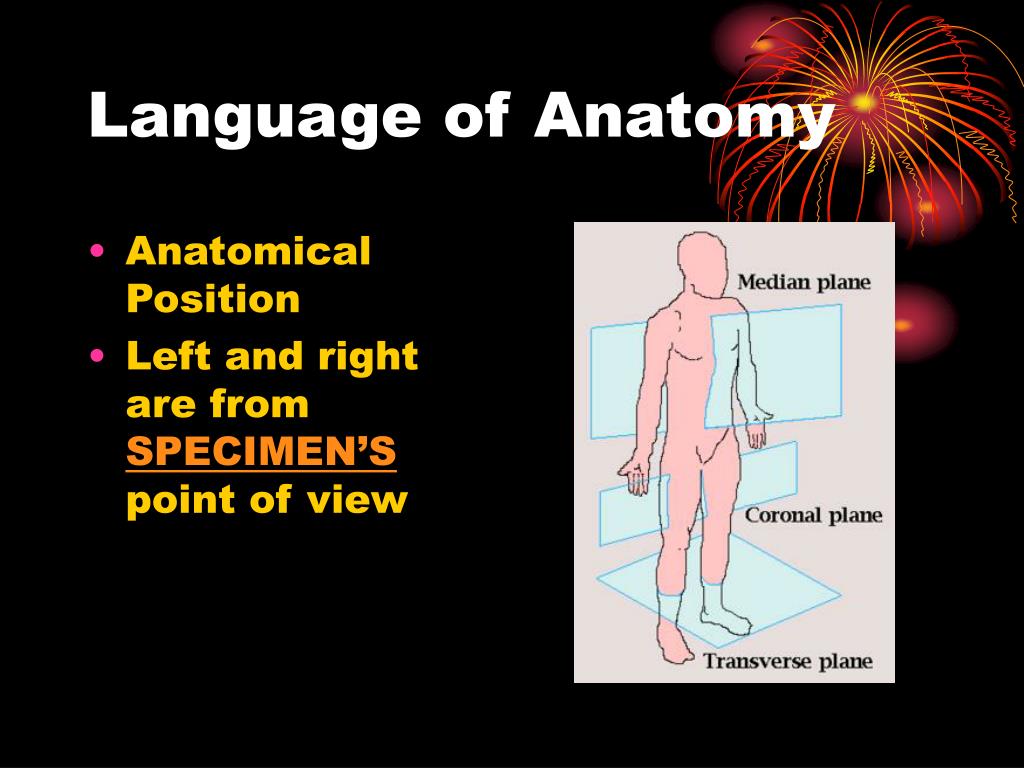Printable Language Of Anatomy And A P terminology while building and practicing important language skills A02 MARI6300 11 SE FM indd 1 07 11 17 6 27 PM Anatomy and Physiology is a visual science To succeed you need to practice and develop visual literacy skills for understanding and interpreting information To help you achieve this goal the text
Figure 1 Regions of the Human Body The human body is shown in anatomical position in an a anterior view and a b posterior view The regions of the body are labeled in boldface A body that is lying down is described as either prone or supine Prone describes a face down orientation and supine describes a face up orientation Source URL http www biologycorner anatomy chap1 html Saylor URL http www saylor courses bio304 Attributed to The Biology Corner www saylor Page
Printable Language Of Anatomy
 Printable Language Of Anatomy
Printable Language Of Anatomy
https://cdn1.bigcommerce.com/server3900/8be44/products/439/images/5616/anatomy__69580.1494807546.500.659.jpg?c=2
Distinguish between anatomy and physiology and identify several branches of each Describe the structure of the body from simplest to most complex in terms of the six levels of organization Identify the functional characteristics of human life
Templates are pre-designed files or files that can be used for numerous functions. They can save effort and time by providing a ready-made format and design for producing different kinds of content. Templates can be used for individual or professional tasks, such as resumes, invites, leaflets, newsletters, reports, discussions, and more.
Printable Language Of Anatomy

The Language Of Anatomy YouTube

The Anatomy Of Body Language Sharlene Almond

Anatomical Terms Worksheet Answers Elegant Anatomicaltermsworksheetc
Terms

Conversation Questions B1 TEFLlessons ESL Worksheets tasks

PPT Anatomy Basics PowerPoint Presentation Free Download ID 786675

https://irp-cdn.multiscreensite.com/01dbe89f/files/uploaded/Lang of
THE LANGUAGE of ANATOMY PART 01 Page 2 The axial skeleton consists of the skull the ossicles the hyoid bone the vertebral column the ribs and the sternum 7 APPENDICULAR relating to limbs and their attachments to the axis 8 The appendicular skeleton consists of the arms the bones that attach the arms to the body i e the clavicles

https://teachmeanatomy.info/the-basics/anatomical-terminology
Anatomy Video Lectures Learn about the descriptive language used in anatomical texts Includes information on the anatomical position planes terms of movement and location

https://openstax.org/books/anatomy-and-physiology-2e/pages/1-6
Anatomists and health care providers use terminology that can be bewildering to the uninitiated However the purpose of this language is not to confuse but rather to increase precision and reduce medical errors For example is a scar above the wrist located on the forearm two or three inches away from the hand

https://med.libretexts.org/Learning_Objects/Laboratories/Anatomy_and
Lab Summary In this lab you will practice using anatomical terminology identifying body regions planes cavities and serous membranes This exercise will help you learn the ABCs of A P which uses a language all its own The information in this lab is also applicable to your lecture course for chapter 1

http://clinicalanatomy.ca/labs/411regions.pdf
Many of the terms used to describe anatomical regions of the body differ from those used when talking about the body in everyday conversation This can be confusing for new learners The goal of this module is to help you learn the terms used to describe the anatomical regions of the body
Label the lateral section brain anatomy diagram Answers Digestive System simple version Label the digestive system Answers Digestive System Label the digestive system Answers Ear Anatomy Label the ear anatomy diagram Answers Eye Anatomy 1 Label the iris pupil lens cornea optic nerve retina and vitreous This article lists the most common prefixes and suffixes used in anatomy and medicine together with examples Find out more at Kenhub
Preview text REVIEW SHEET exercise 1 The Language of Anatomy Surface Anatomy 1 Match each of the following descriptions with a key equivalent and record the key letter or term in front of the description Key a buccal c cephalic e